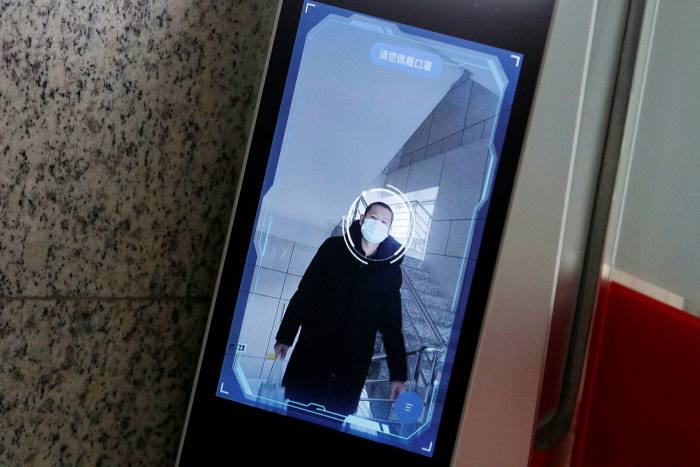Face Recognition Technology increasingly encouraged during Covid 19

The growing use of face recognition technology and other biometric technologies by businesses, retailers, and landlords is primed to proliferate in response to the COVID-19 pandemic. Proper implementation and management of these technologies can help increase security and limit physical contact. These applications are already in use by real estate management firms in other countries and various businesses in the United States to prevent unauthorized building access, among other use cases.
Certain touchless biometric applications also have the potential to identify individuals who may have COVID-19 through characteristics like their body temperature, which, in turn, could facilitate reopening businesses that can properly screen for and mitigate risks of COVID-19 exposure. However, the increased usage of contactless biometric technologies to address COVID-19-related challenges raises potential tradeoffs with consumer and employee privacy.
Previously passed and newly introduced biometrics laws could increase tensions between privacy concerns stemming from the collection and sharing of biometric data, and growing interest in using biometric technologies for public safety to combat COVID-19. Businesses considering the use of biometrics will have a growing patchwork of state and federal laws to consider and with which to comply.
How Covid-19 has influenced the adoption of face recognition technology?
Face recognition technology involve the identification of people from a database of images, including still photographs and video. Deep learning – a subset of artificial intelligence – speeds up a system’s face-scanning capabilities, as it learns more about the data it is processing. Such systems require vast amounts of information to become faster and more accurate.
Essentially, these systems generate a so-called “unique face print” for each subject by reading and measuring dozens to thousands of “nodal points”, including the distance between eyes, the width of a person’s nose and depth of the eye socket. With a network of surveillance cameras, recognition systems process a wider range of features, including subjects’ height, age and colour of clothes.
The COVID-19 pandemic additionally leads to facial recognition systems, joined with other biometric procedures. As it’s expected digitization and digitalization will grow in a few territories in light of the pandemic, some definitely will see expanding utilization of face recognition technology.
As COVID-19 continues to shutter business across industries, both the public and private sectors are grappling with safe ways to reactivate workers and re-engage consumers. Facial recognition and other biometric technologies (for instance, fingerprinting, voice printing, and retina, facial, hand, or eye imaging) offer possible solutions. Evaluating health risks without the need for physical contact may be key in phased return to regular business in many parts of the country.
When the world’s most populous country went into lockdown earlier this year due to the coronavirus pandemic, face recognition technology became a crucial way to identify people without in-person contact.
It was used, for example, as part of the verification process for resident to registering for the national initiative to assign them coloured QR codes that determined whether they had to be quarantined. Many residents also agreed installed facial recognition-enabled security access systems to replace those using access cards.






